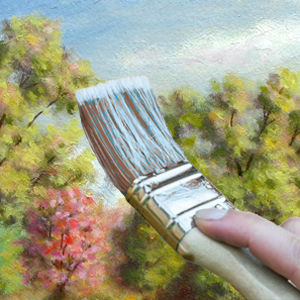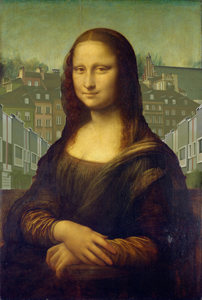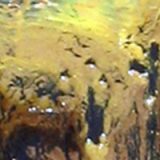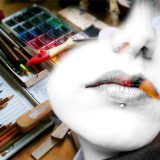To Varnish or Not to Varnish? That is the Question.
A Most Perplexing Question for the Artist.
What’s a Painter to Do?
By: Prof. Gulley Jimson, RA, Ph.D., AFT, RCA, PADI
Varnish can protect a painting from the ravages of dust and dirt, but it may also obscure the image and affect the artist’s philosophical intentions. It can also adhere so tenaciously that it is difficult to remove should the artist alter his philosophical intentions.
Not varnishing clearly allows the artist’s intentions to be seen.
But at what cost?
Factually, it is cheaper to not varnish. There are risks, however. Unvarnished paintings can accumulate layers of dust and grime. The usually recommended method of removing this accretion is to dust with the soft plumage of the Florida Snowy Egret. This method must be used with prudence, however, as these unfortunate creatures were once decimated almost to extinction for use in hat-making. The decorative flourish of their feathers was very important to the proud ladies of the late 1800s and early 1900s. It is important to us today, as well, because otherwise, we would not be able to see them in the photographs and paintings of that era. What a travesty it would be to lose such vital images of those haughty Victorian and Edwardian ladies and their elegant hats. It certainly shows us what rich people did back then.
We are, today, fortunate to not have to be made aware of the disparity of wealth that some chronic complainers contend exists.
Art is for the soul,
Artworks are for $elling
~ Z. Nil
But I digress. Let us not forget that no manual of instructions exists that informs us of the correct pressure we must employ while using the plumage to dust our paintings. Too little won’t give a thorough cleaning, and too much can damage the surface.

So what protection should an artist use? We know protection is important to avoid possible future problems, but choosing the right method is a dilemma. There are so many regulations against the use of protection, they are almost like religious edicts. Still, the artist who believes in safeguarding his or her artistic heritage must decide. Should it be a covering that might obscure the valuable evidence of his being, or should he take the risk and use no protection at all? Will careful feathering be sufficient to protect his personal actions? Feathering can tickle and provoke unanticipated sneezing – causing an unintended ejaculation on the surface. Coating the surface can prevent an artist’s true colors from being perpetuated for generations.
Every artist must decide: To varnish
or not to varnish – that is the question.
Varnishing has its merits but so does the feather.
Each artist must decide which method to choose – to protect or merely hope for the best.
P.S. I hear there is now another plumage dictating the vision of the land, and it is taking the world by storm. So if you should encounter an animal with wild yellow plumage, tweeting and squawking with great frequency, be aware that its bite can cause irreparable damage to your artistic expression.
Disclosure:
I only don a feathered hat while painting.






